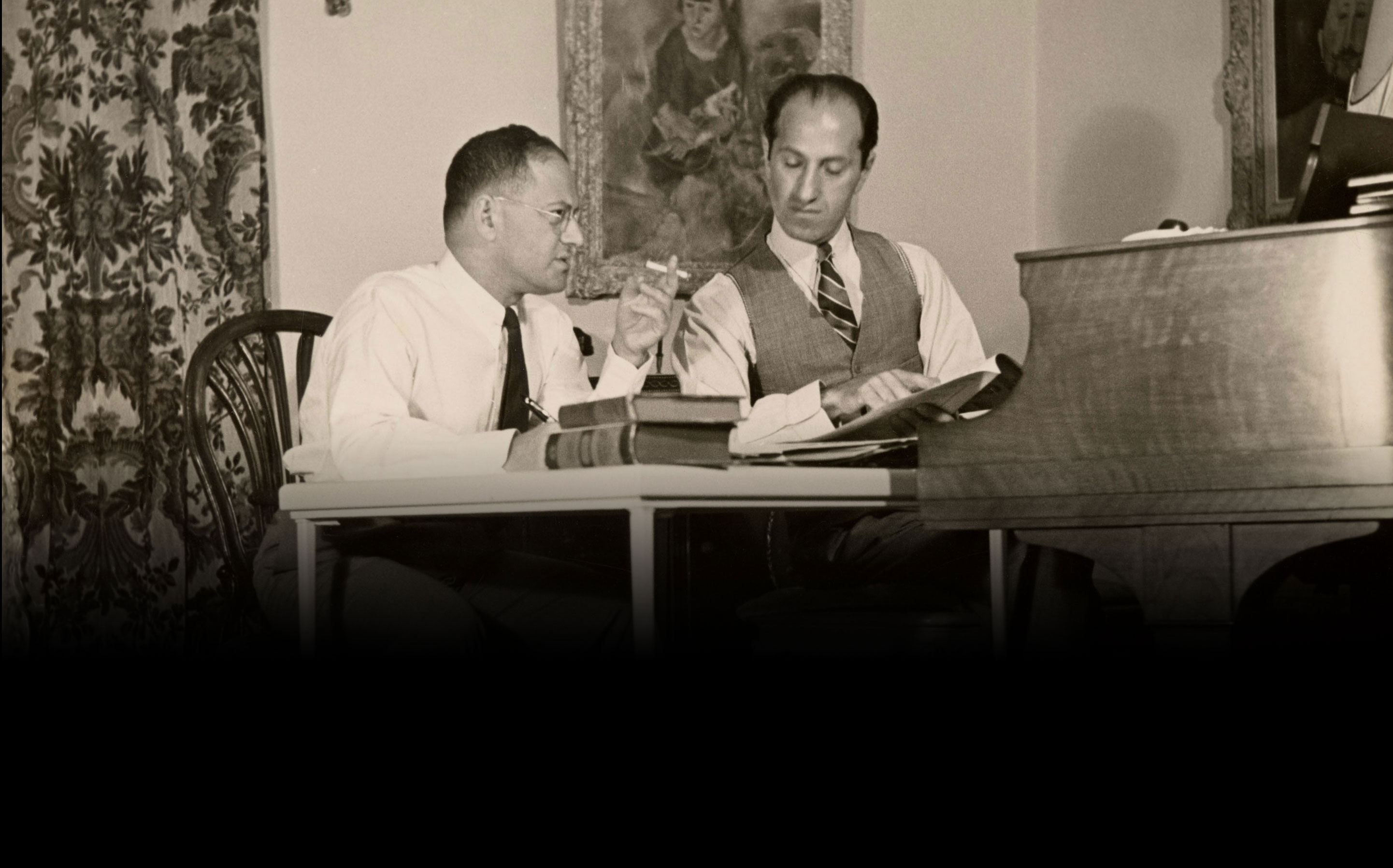A Set Change: The Prickly History of “Cactus Time in Arizona”
“Cactus Time in Arizona” is one of George and Ira’s lesser-known songs. Today’s post explores the factors—including a set change—that figured in this flop. By Rachel Fernandes “Cactus Time in Arizona,” one of the Gershwin brothers’ relatively unknown songs, was composed for the musical Girl Crazy in 1930 and sung by Ginger Rogers, the show’s romantic lead. “Cactus Time” didn’t receive much attention from the media when it first came out, though it has since been hailed as “infectious” by the Chicago Tribune (1999). The charming song features many of the same musical qualities of other Gershwin hits, such as […]
